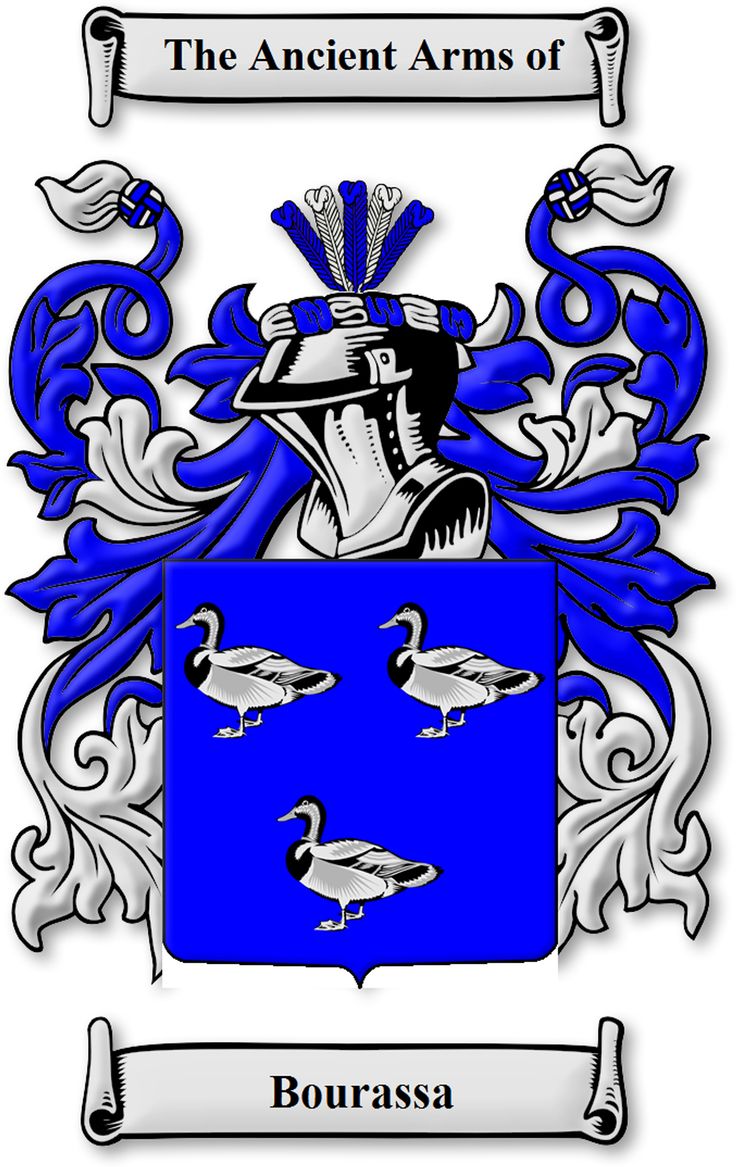 Robert de Brutz, also known as Robert de Bruis or Robert de Buci, was a Norman knight who participated in the Battle of Hastings in 1066. This pivotal battle took place on October 14, 1066, near the town of Hastings in East Sussex, England. It was fought between the Norman-French army of William, Duke of Normandy (William the Conqueror), and the English army led by King Harold II of England.
Robert de Brutz, also known as Robert de Bruis or Robert de Buci, was a Norman knight who participated in the Battle of Hastings in 1066. This pivotal battle took place on October 14, 1066, near the town of Hastings in East Sussex, England. It was fought between the Norman-French army of William, Duke of Normandy (William the Conqueror), and the English army led by King Harold II of England.
During the battle, Robert de Brutz fought on the side of William the Conqueror. William had claimed the English throne, contending that he was the rightful successor to King Edward the Confessor, who had died without a direct heir. However, Harold II had been crowned king shortly before William's invasion, leading to a conflict over the throne of England.
The Battle of Hastings ended in victory for William the Conqueror and his Norman forces, marking the beginning of Norman rule in England. King Harold II was killed during the battle, and William subsequently ascended to the throne as King William I of England.
The surname Brouse traces its origins to Yorkshire, where Robert de Bruis was granted an impressive ninety-four manors. His legacy expanded as his son, Robert de Bruys, journeyed north alongside Earl David of Huntingdon, later crowned King of Scotland. Around 1150, the Bruis lineage flourished in Annandale, Scotland, securing vast estates.
Robert de Bruys, the patriarch, sired two notable sons: Robert and William. Robert, known as Robert the Bruce, emerged as a pivotal figure in Scottish history, boldly seizing the crown of Scotland and galvanizing the nation against English oppression. His crowning achievement came at the resounding victory in the Battle of Bannockburn in 1314, where he vanquished the English forces.
"Robert, 'the Bruce of Bannockburn,' was arguably the most illustrious monarch that ever swayed the Scottish sceptre," cementing his place in history as a legendary Scottish leader.
Following this historic triumph, Scotland secured its independence from English dominion, solidified by the Treaty of Northampton in 1328.
Yet, King Robert the Bruce's reign came to a poignant end the following year at Cardross. In a testament to his profound legacy and spiritual aspirations, he entrusted his heart to one of his most trusted followers, with the instruction to bury it in the Holy Land. However, their journey was thwarted in Spain, leading to the heart's return to Scotland. Today, his heart finds its resting place at Melrose in Dunfermline.
The esteemed lineage of the Bruces of Clackmannan continues to this day, with the Earls of Elgin proudly descending from this noble line, carrying forward the legacy of their illustrious forebears.